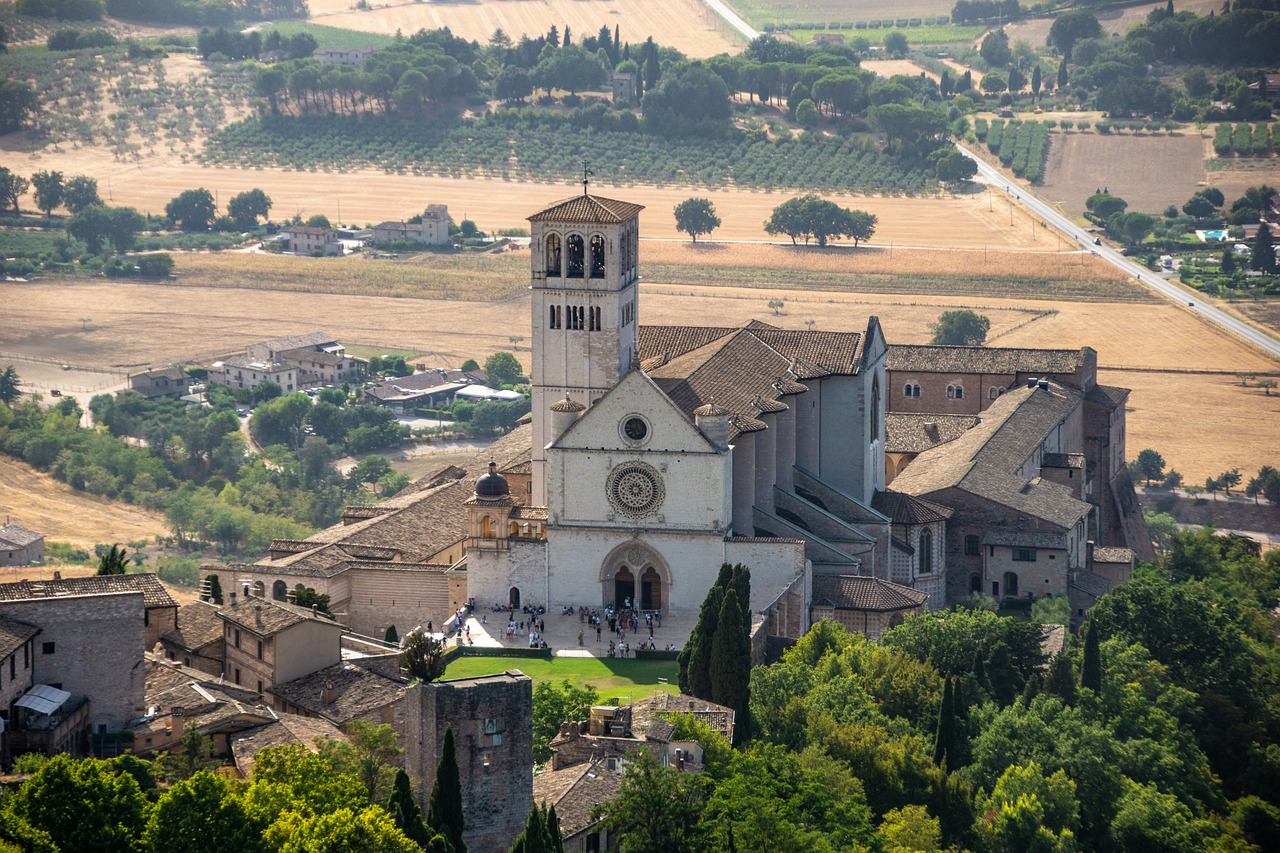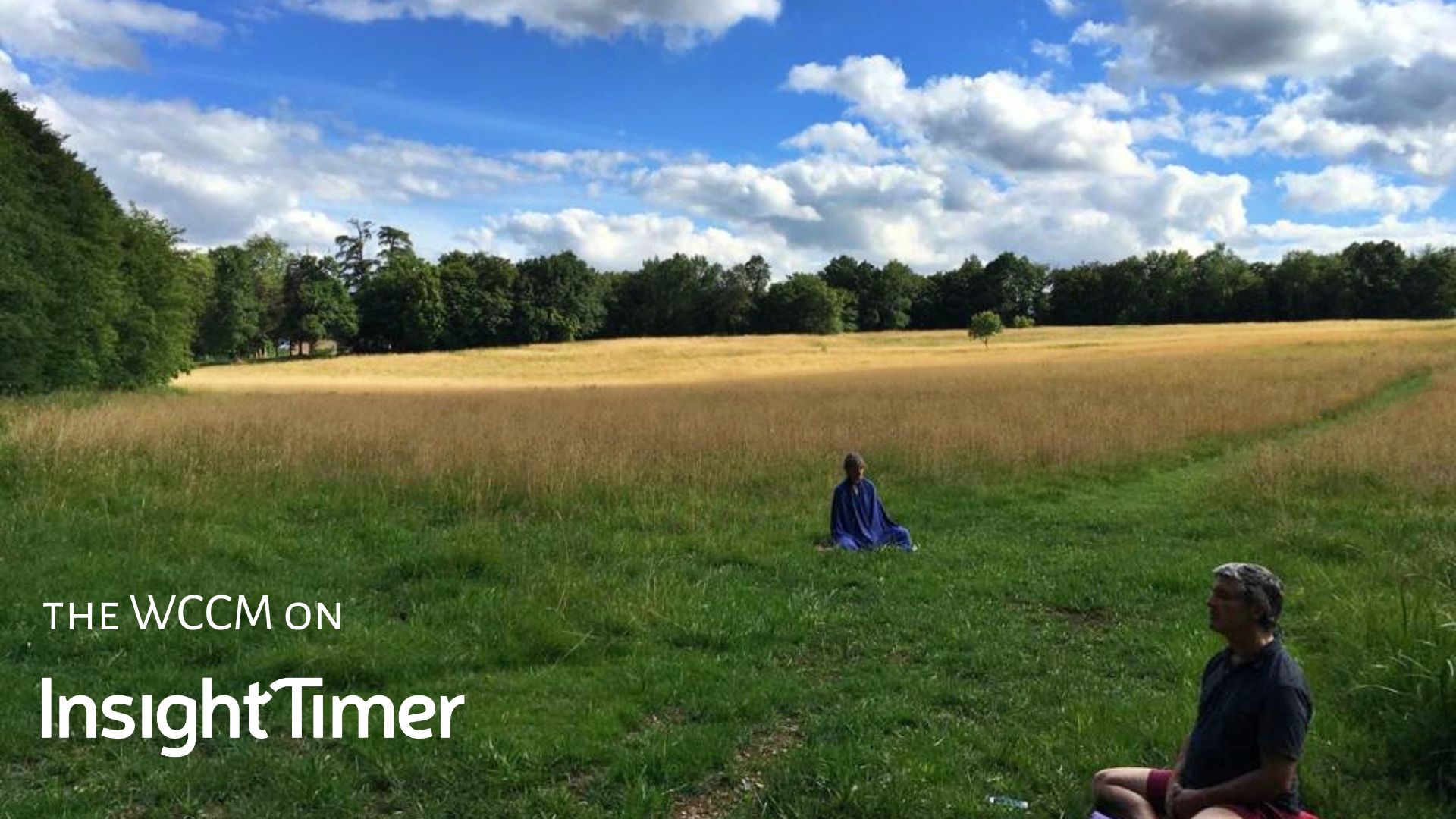A review by Janet O’Sullivan
The language around climate change is changing….now increasingly described as a “climate emergency”. Recently (May 2019) parliaments in UK and Ireland, soon followed by Canada, declared ‘climate emergencies,’ as did numerous local governments, UN climate experts, environment scientists, school activists and movements such as Extinction Rebellion, and Live the Change (Green Faith). Leaders such as Mary Robinson call for renaming the crisis as ‘Climate Justice’ to also view it as a human rights issue.
How can we reach a tipping point in the politics of climate change? How do we reach a tipping point in consciousness to bring this about? (See review below of Fr. Laurence’s section in “Tipping Points for a Precarious Future”).
How can we as a global contemplative community contribute more to this change? A new individual contemplative consciousness of our interconnectedness, of our utter dependence on the natural world and a new collective consciousness is needed.
Action is slow ….opinion divided as to whether it is an economic or a moral issue; whether it is real. There is a lack of political leadership in many countries, lack of trust in scientific expertise, and a reversion to nostalgia for past identities. However, there also an increasingly urgent call for new conversations to address what is a common challenge as we face a new narrative of our future, and for mobilized action with others, not against them.
This is now an issue requiring and calling forth conversations between different fields of expertise all impacted by the effects of climate change and the need for urgent action- psychology, behavioural sciences, physical sciences, economics, business, social justice and education.
Addressing Tipping Points for a Precarious FutureTimothy O’Riordan, Timothy Lenton Oxford University Press, 2013
A review of PART 5 (1); Contemplative Consciousness. Fr. Laurence Freeman; The Spiritual Dimension.
Addressing Tipping Points for a Precarious Future includes analysis from many perspectives in the sciences, social sciences and humanities. Fr. Laurence Freeman contributed a significant chapter on the spiritual perspective with the need for a contemplative consciousness and meditation as a pathway to that consciousness.
This raised the critical question, can the outer world be transformed without inner transformation?
He puts the case that we can think and act differently and that a change in consciousness is critical at this time. Crisis in our times is often discussed in terms of tipping points, and the possibility of preparing society and its governing institutions for creative and benign ‘tips’ provides a unifying theme for the book. The conclusions from the conference on which the book is based, are that we can assess tipping points and critical thresholds on many dimensions; that we can begin to see the early warnings of their appearance; and respond.
The term “Tipping points (TPs) is defined in the book as zones or thresholds of profound changes in natural or social conditions with very considerable and largely unforecastable consequences” p3. Tipping points are processes of discontinuous, and at times disruptive, change. Generically they are critical thresholds, which offer various timescales of onset and impact. These thresholds may manifest themselves across the whole globe, or regionally, or locally.… The possibility of preparing society and its governing institutions for creative and benign ‘tips’ provides a unifying theme for the book.
Laurence Freeman: Part 5.1 Contemplative Consciousness writes of tipping points (TPs) as prophetic “radical insights into the present structure of things in terms of the greater truth” TPs are physical in terms of earth systems but also consciously with regard to human self-awareness. “they demand rethinking along fresh ways of meaning and valuing actions and outcomes.” “If we are to think radically, I would suggest an approach to a strategy for dealing with tipping points that includes acknowledging the practice of meditation as a way of metanoia, seeing in a new way.” p159
‘Contemplative consciousness (CC) is a new vantage point… a radical openness to new ways of seeing and judging where science and religion can work better together to bring about a sustainable science and economy based on wholeness” “CC specifically address the undeniable need for meaning”
He reflected on ‘memento mori’ the acceptance of death as part of contemplative consciousness (CC). “Remembering that mortality permeates all life from individual organisms to all energy systems…this spiritual wisdom can enhance consciousness and maximise our potential for experiencing quality of life” Further he spoke of the role of meditation in developing CC and “the importance of scientists and contemplative spiritual practitioners forging deeper connections. Both concerned with advancing the wellbeing of the greatest number” Science already acknowledges the psychological and physical benefits of meditation, but benefits go further- the spiritual fruits” He concludes “Relating the scientific method to contemplative consciousness promises a radical new approach to human problem solving” the chapter continues with an introduction to meditation as a path to contemplative consciousness and discusses its 3 basic elements- silence, stillness and simplicity with the focus of attention off of ourselves, non-attachment and stillness which keeps us centered and morefree from emotional attachments and our mechanical turning minds.
In conclusion, “this ‘contemplative dimension to the science, economics and politics of global warning will help the tipping point to ease from the malign to the benign…it must be learned through personal experience”
A review by Janet O’Sullivan





